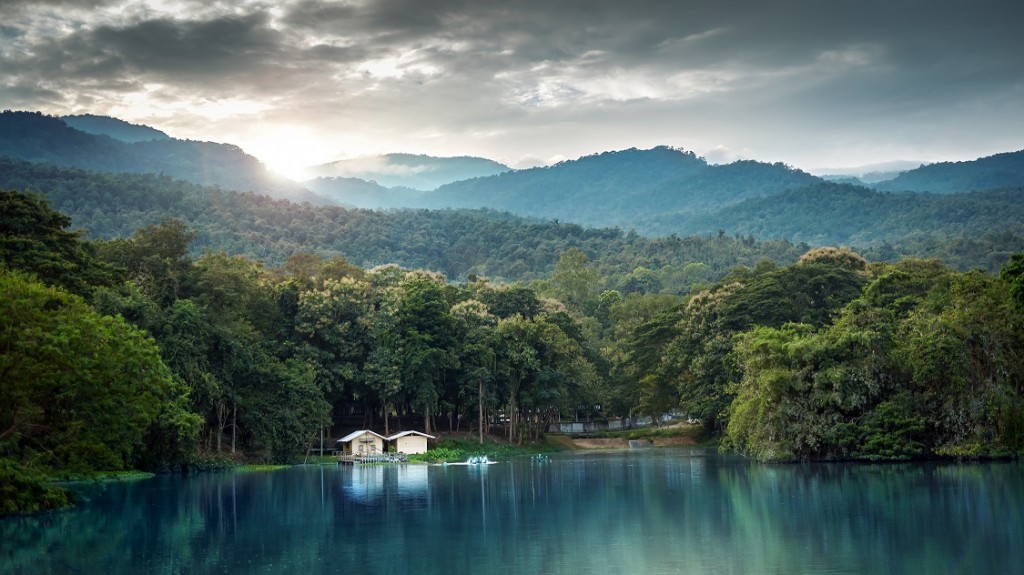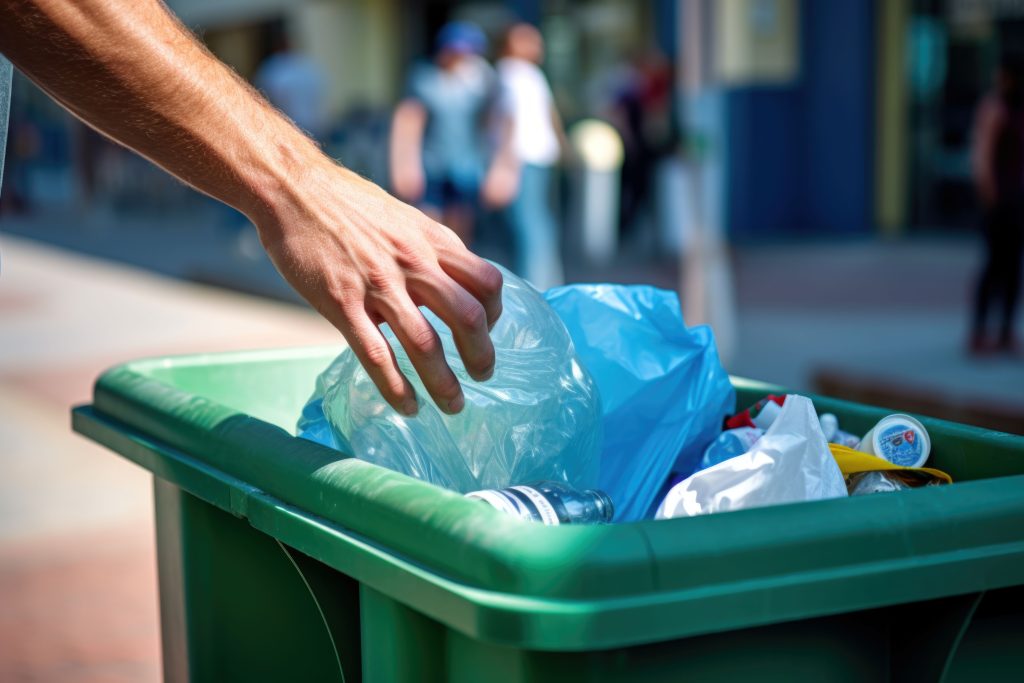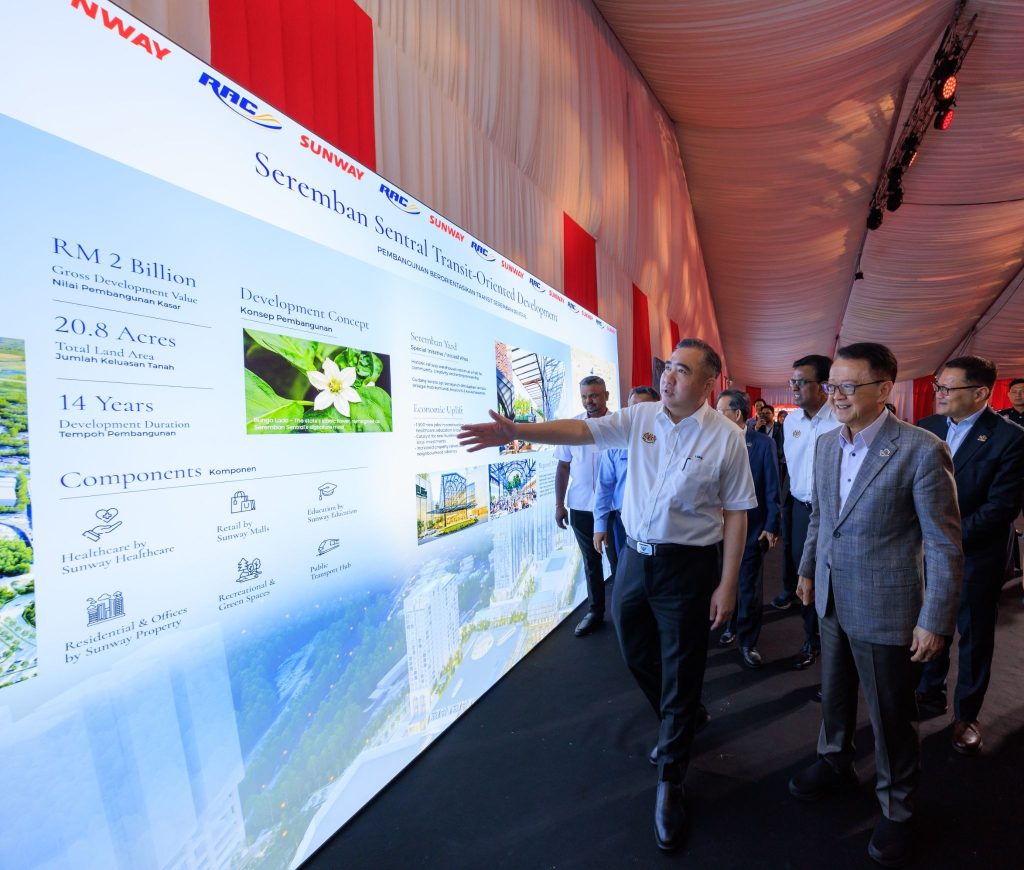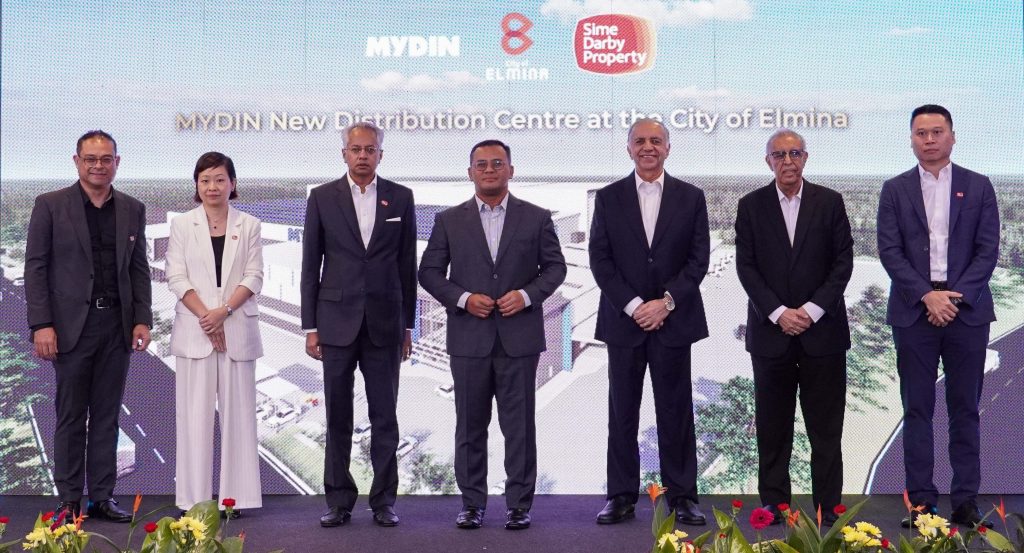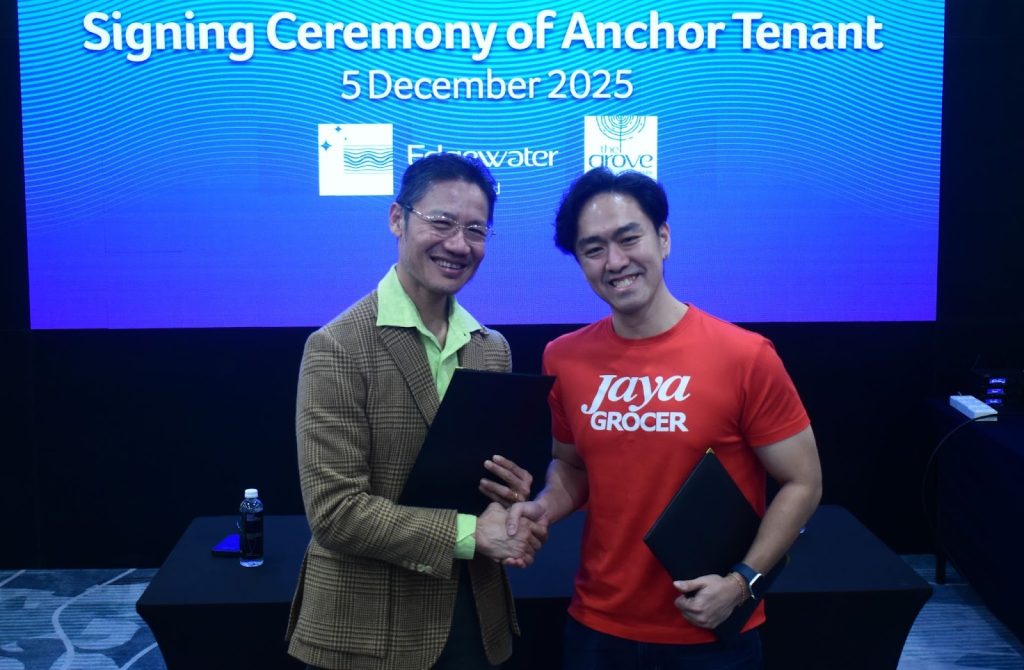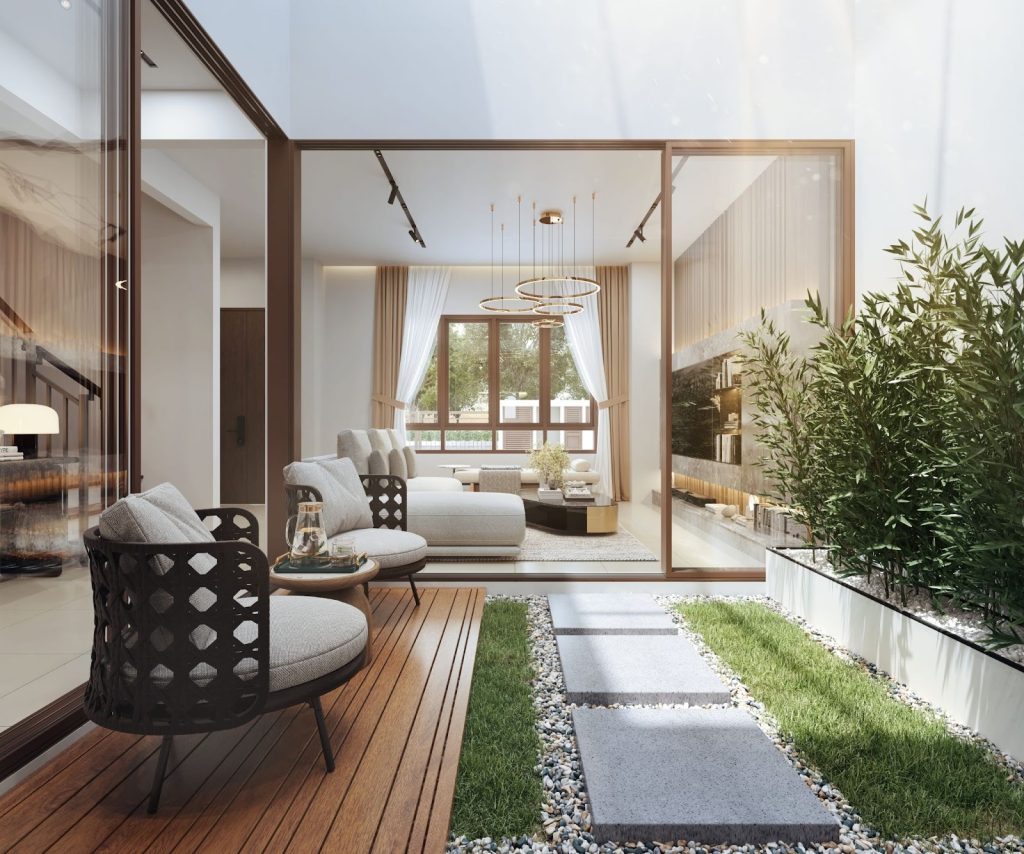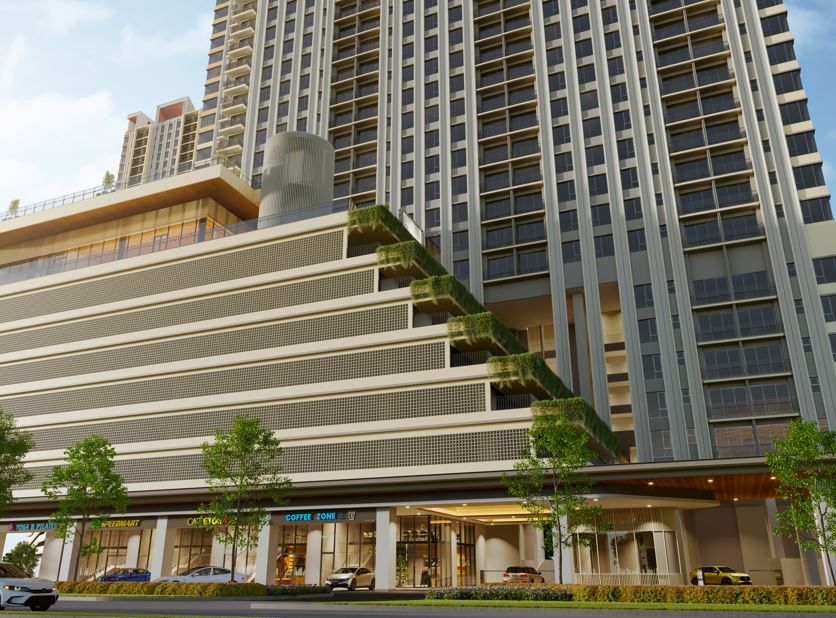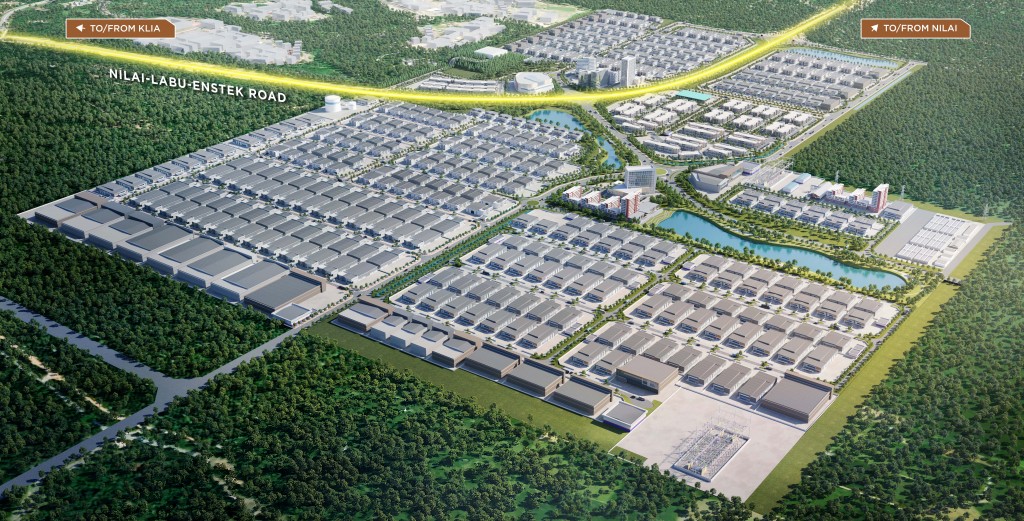By Viktor Chong viktorchong@thestar.com.my
Square feet, location, price, facilities and number of rooms—these are the common questions that prospective house buyers would ask before committing to a purchase. Understandably, these are basic and important questions, especially when a property is considered. But why not go a little further with these few questions?
1/ What is the percentage of landscaping in the development?
Landscaping denotes the area surrounding and within your development, such as the landform, terrain and natural elements. Many prefer a greener and more spacious development, be it for interaction or relaxation purposes, and a higher percentage of landscaping allows for that. It goes without saying that more landscaping equals a higher cost incurred by the developer, and reputable developers apportion a generous amount of landscaping for their residents. It also means higher maintenance fees for the property owners but the benefits of having such greenery are usually worth it.
2/ Is the development sustainable?
Nature-friendly house buyers understand the importance of coexisting with nature, and sustainable features are always welcome, such as rain water harvesting system, usage of solar power, down to the construction of buildings in a manner where the environment is not jeopardised. Incidentally, developments that display sustainable properties usually have better landscaping, which builds on the first point.
3/ What is the future density of the development?
Density translates to the number of people living in a particular area, and this aspect directly affects traffic conditions. Since construction is done in stages, you may want to know the total amount of phases for that particular development and also the number of houses to be built for each phase. Just because the condition of the traffic is fine now does not suggest that it will remain so, especially once the later phases are completed. It is also within your interest to find out if the road infrastructures to be built will be sufficient to service the number of vehicles later.
4/ Is CPTED incorporated into your development?
CPTED, an abbreviation for Crime Prevention Through Environment is the prevention of crime through the design of the township or development.
This can be achieved through the usage of natural elements, such as walls, hedges, segmentation of private and public areas. The design is uniquely done to increase risk or perceived risk that criminals will be caught.
For example, hedges are not merely elements of the landscaping. They can be trimmed low to improve the line of sight while reducing the places from which criminals could hide. Hedges can also be positioned alongside the pedestrian walkway, or more precisely at the edge of the curb, forming a natural barrier to prevent snatch thieves from grabbing at passersby. To delve deeper into this topic, check out our article on crime prevention through the environment.



